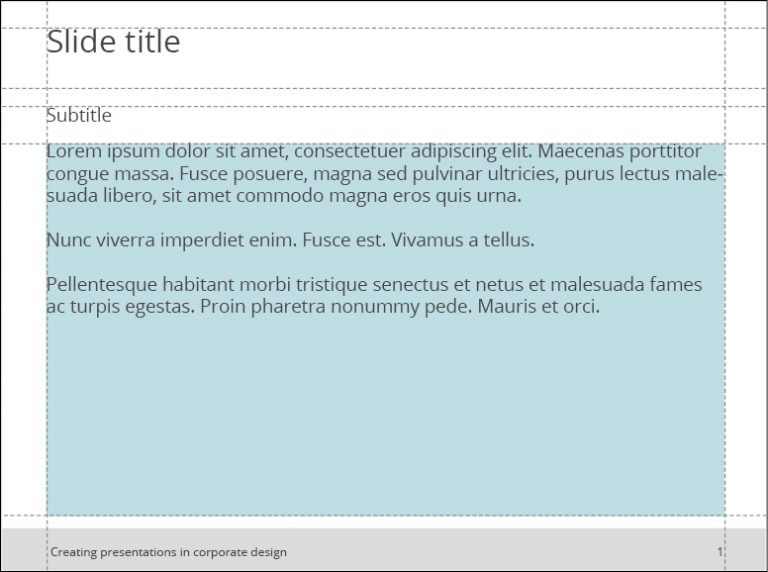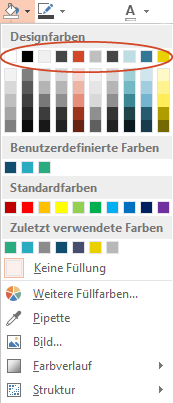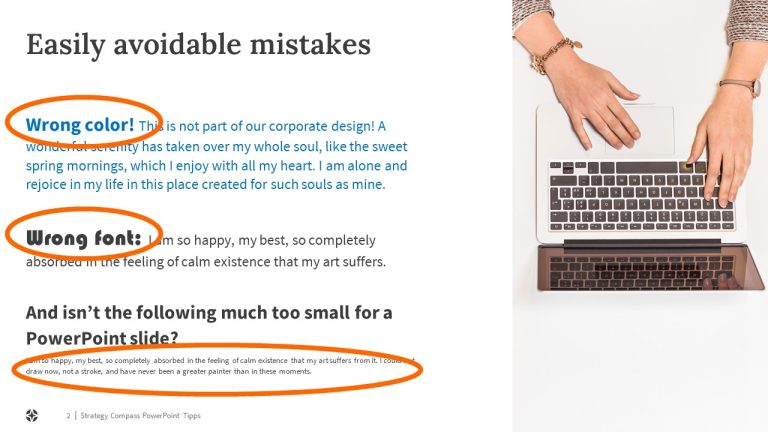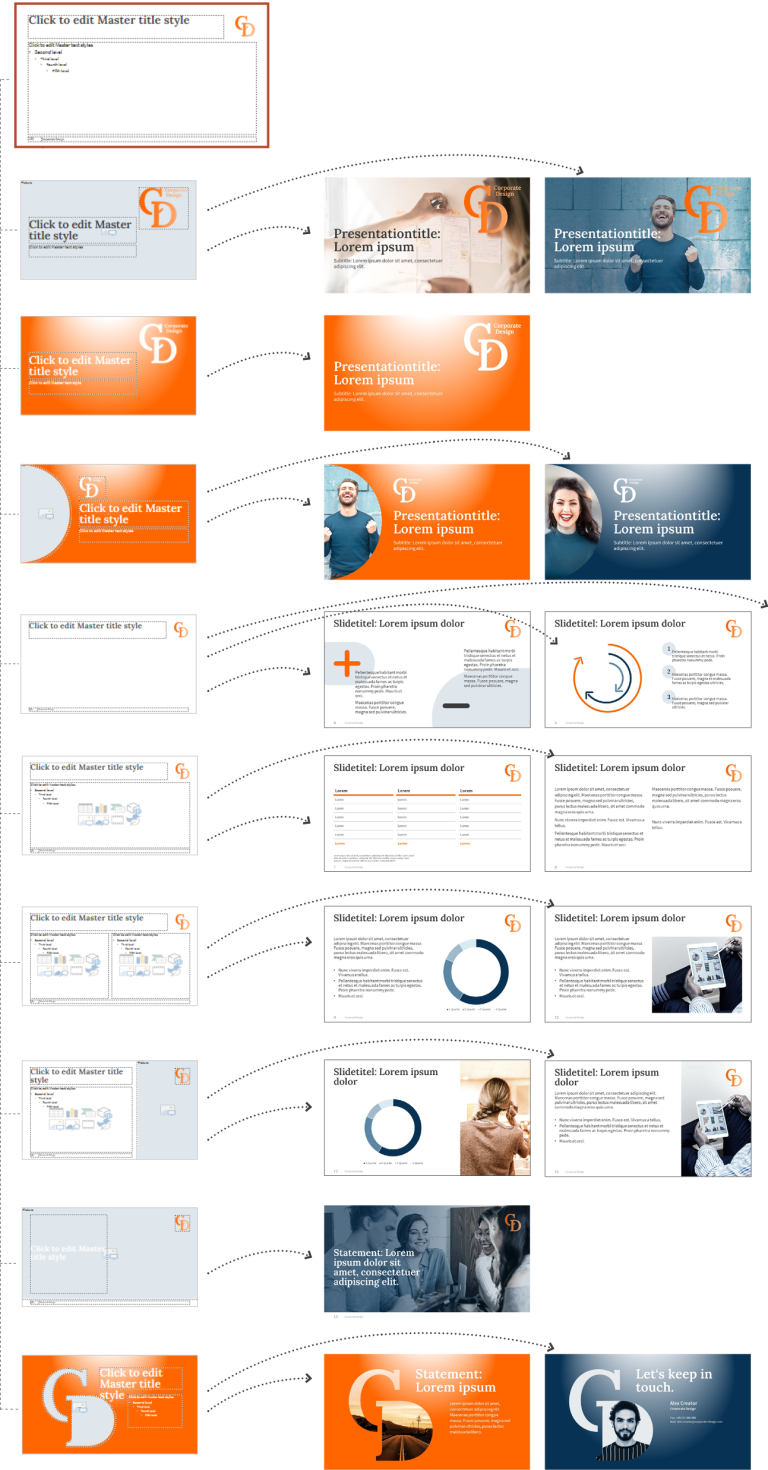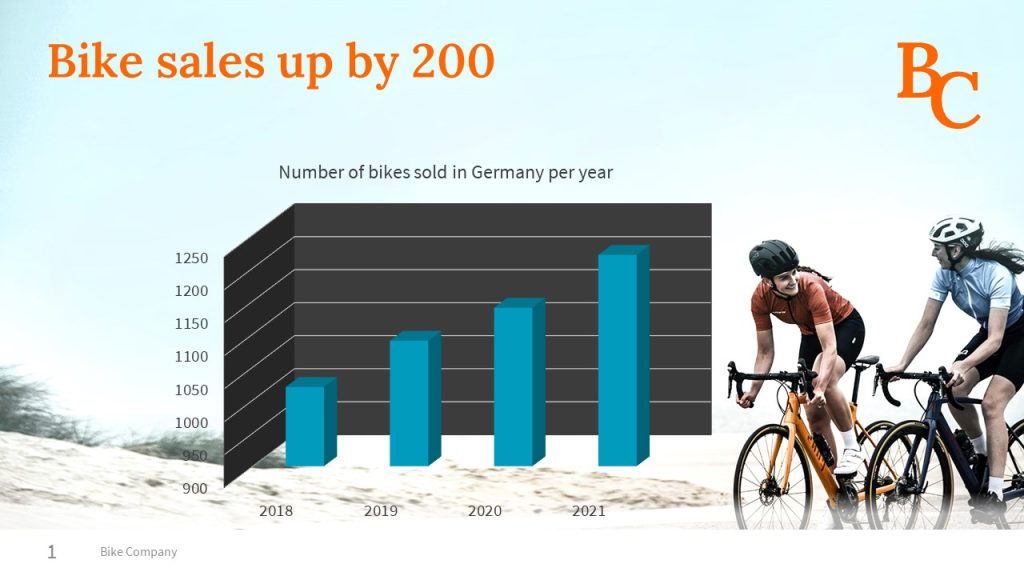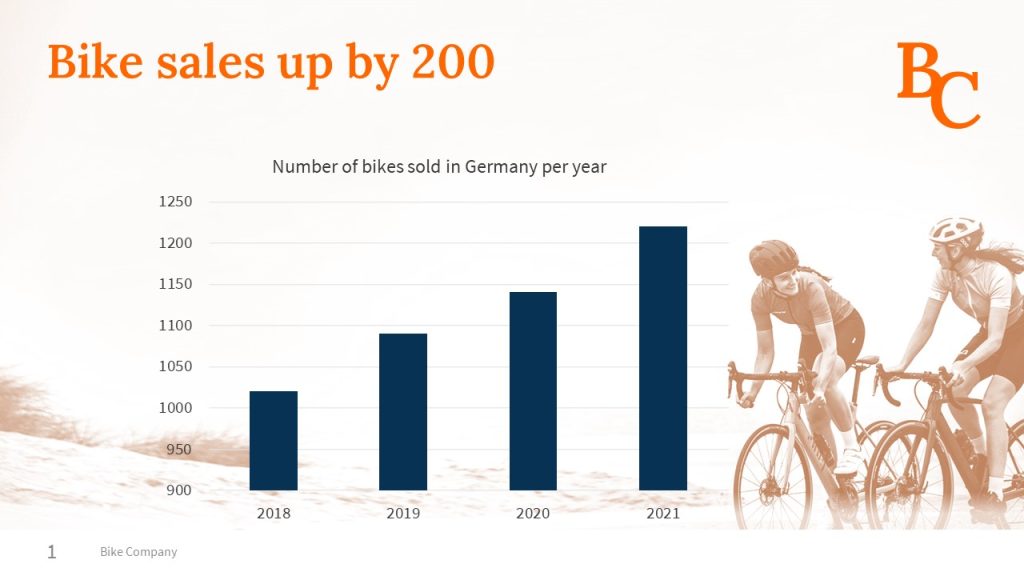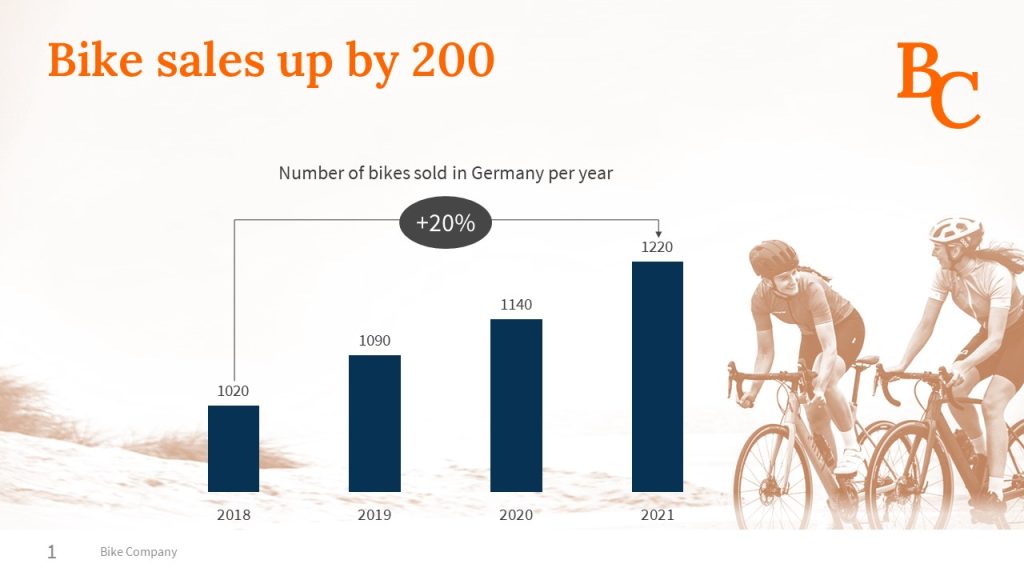The golden thread
How a well-structured presentation helps you hold your audience
You want to give a good presentation that holds your audience’s attention right to the end? One that creates enthusiasm for your topic? And for you as the speaker? Your presentation concept is the key. Based on your target group, aims and central message, and taking into account the time available, you need to create a clear structure with a golden thread running through it.
This structure and its golden thread help your audience to keep up with you, to understand your message and to concentrate over a longer period of time. Your audience stays with you. And what can be better than that?
What do we mean by "concept" and "golden thread"?
There are many ways to create a well-structured presentation. The most tried-and-tested method sounds simple, but works extremely well.
First, ask yourself the following questions:
- What do I want to achieve with my presentation, what’s my aim?
- Who’s my audience? When would they consider a presentation to have been really worthwhile?
- What’s my core message?
Then structure your presentation into the three typical sections:

Introduction, main part, conclusion.
Each section has a particular purpose.
Introduction – You get your audience’s attention. You provide orientation and bring everyone up to speed. You present your central question. The answer to this question will be the golden thread running through your presentation. A good introduction brings everyone together, makes them curious, and prepares you for the main part of your presentation.
Main part – now you must convince your audience about your core message. Structure your statements and arguments into logical sections. Remember that your audience is hearing and seeing your presentation for the first time. Give them time. Refer to different aspects one at a time. Use metaphors and imagery from your audience’s areas of interest, concerns or expertise. Try using a pyramid structure for this part of your presentation.
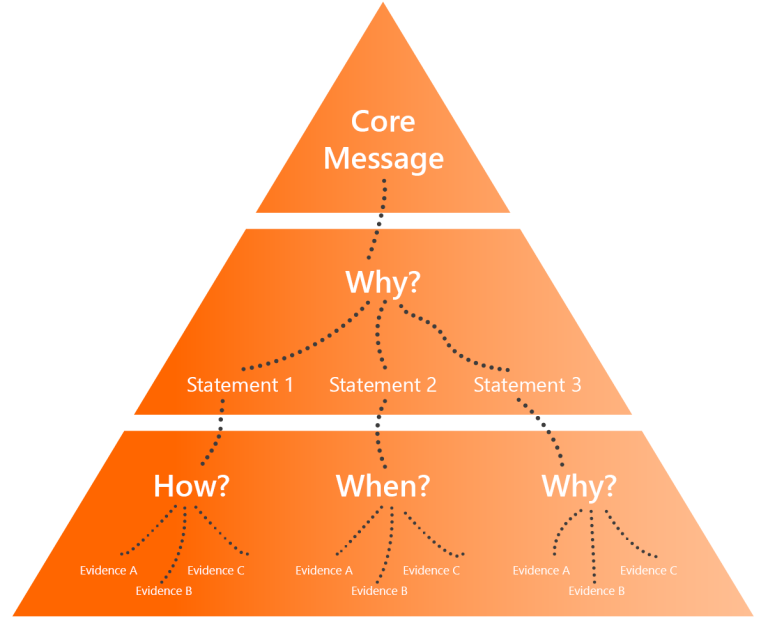
The central message is at the top of the pyramid and is supported by appropriate arguments and facts. The decision-maker hears the most important point first, followed by the main arguments, and then the relevant details. This allows them to assimilate and follow your arguments. This structure has another advantage: if you start running out of time, it gives you the flexibility to skip details without losing your thread and your central message.
Conclusion – This is crucial for anchoring your message in your audience’s mind. Summarize everything. Then make concrete proposals for how to proceed. Perhaps even mention the next steps. Don’t be tempted to include a “thank you for listening” slide – you’ll bore your audience and lose them at the last moment. Your very last slide should round off the presentation and show the way forward!


